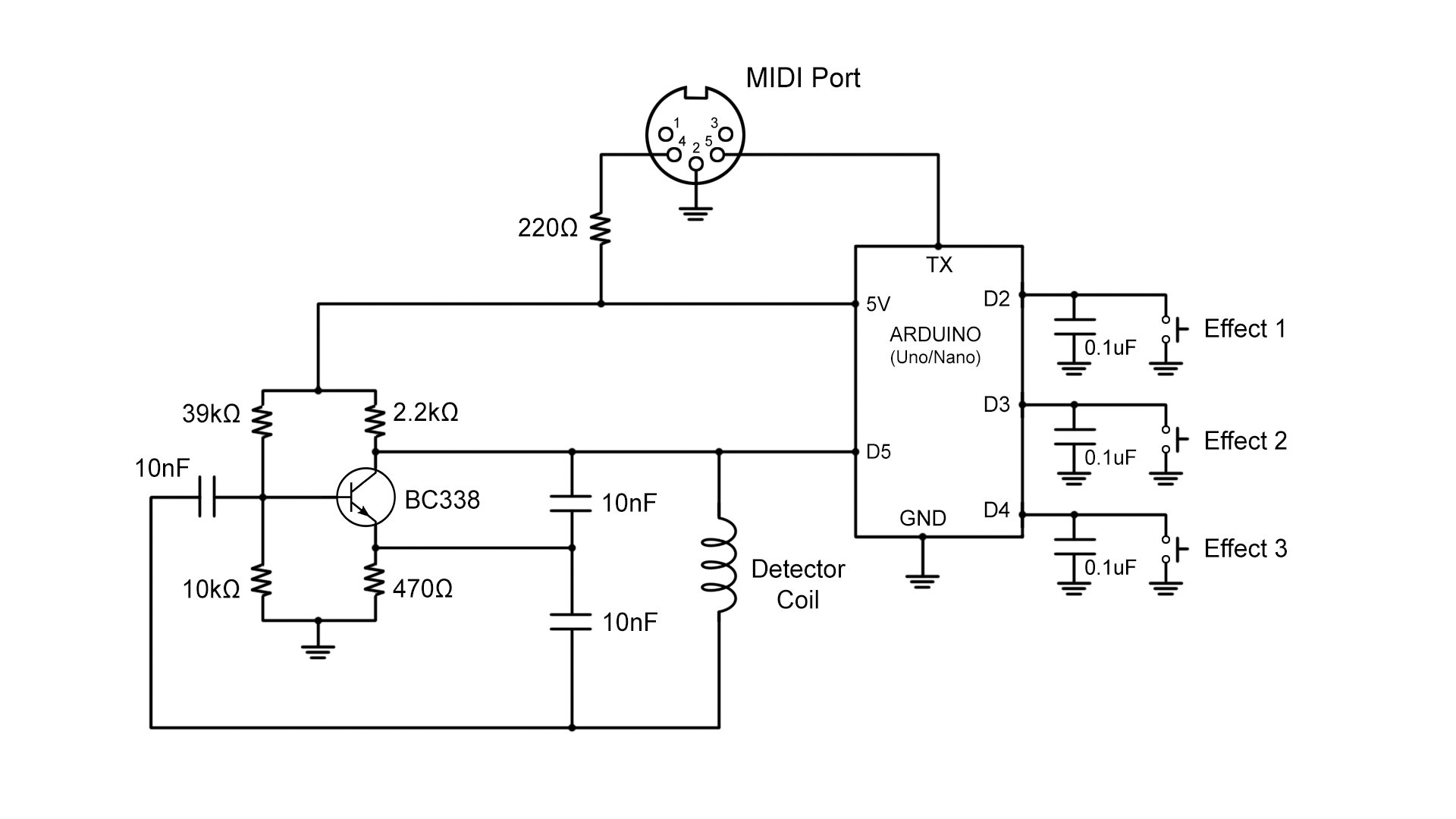Midi To Serial Schematic

MIDI to DMX using Arduino - Schematics and code inside! MIDI side schematic. (which doesn't use serial) and FortySevenEffects MIDI library. I'm building a MIDI IN to serial port RX cicruit (for Raspberry Pi, or Arduino, or anything else.) using a 6N138 optoisolator. But I find many different circuits, I. The first part, the circuit, is general purpose —although using this converter to connect a MIDI keyboard to the serial port of your PC may require a special RS232 card. The second part, though, is specific to. Midi-to-usb Adapter Cable Schematic PC-MIDI interface adapter (MIDI cable) schematic 'AMK-03' cable Pico Projector uses a non standard Mini USB connector, when using a standard USB lead. Use MIDI to control practically anything. The MIDIWidget accepts MIDI input via 5-pin MIDI connector or via USB and generates 5V logic output. Mpc Clientpro D875pbz Drivers. Download Special Version there.
MIDI is actually just serial data at 31,250bps in format that is transmitted over a 5-pin DIN cable. This means you can receive MIDI data from your musical instrument using a serial port, or an. Receiving MIDI data over the FTDI cable doesn’t magically turn your USB serial device into a MIDI device – you need to be running a software bridge or a driver that pretends to be a virtual MIDI device emitting these messages. Samsung Kies Portable here. For this purpose, I shall use the from SpikenzieLabs.
I’m using Mac OS X 10.6.6 and the latest Java update, so I didn’t need any extra JAR files. Wiring It Up The circuit is relatively simple – you need the DIN socket, an opto-isolator, 2 resistors, and optionally a diode. Sony Dvd Architect Pro 5 Serial Crack- Funcionando there. In my case, parts came from a scrap bin, so I used a 330 ohm resistor instead of a 220 ohm for Rb and a 1K for Rd instead of 280 ohms. For the opto-isolator, element14 had some non-RoHS CNY17-2 on sale, so I just used that. Note that the RXD output is only meant for interfacing with a TTL circuit like an FTDI chip/cable or MAX232 transceiver, not the RS232 serial port directly. You can find the same circuit diagram (with different values & parts) in the official.
Setting Custom Baud Rates on a Mac It turns out that setting a non-standard baud rate on a POSIX system was, erm, non-standard. Linux has its own way of setting it, and so does the Mac OS. 31,250bps was definitely non-standard, and it caused Serial MIDI Converter to stop working without any error messages. You can however find the exception and stack trace in your logs using the Console utility. The Serial MIDI converter relies on the for serial I/O. I read through the source code and found out that there was no support for setting custom baud rates on the Mac, which caused it to throw an exception (which in turn wasn’t handled by the converter).